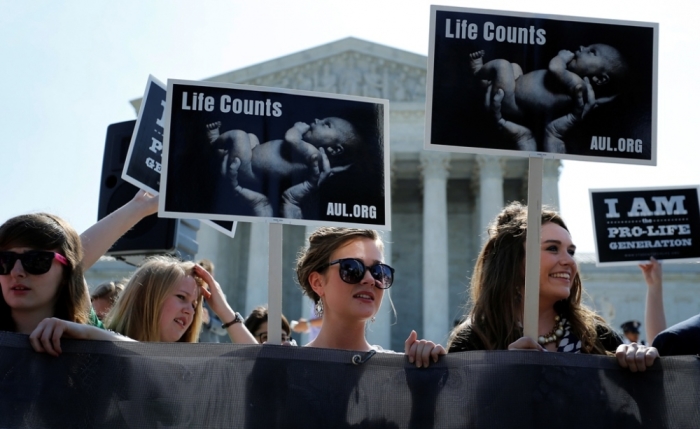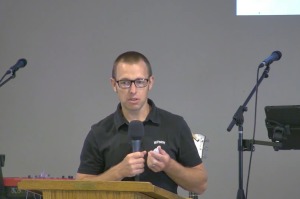CDC Report: Abortion Rate Drops to 18 Percent, But 1 in 5 Pregnancies Still End in Abortion
10 Women Died in 2010 From Complications After Legal Abortions

A report released by the CDC Friday shows a decline in the U.S. abortion rate to 18 percent annually, however, it also reveals that teenagers aged 14 to 19 accounted for over 86,000 of the more than 730,000 abortions performed in 2011. The Abortion Surveillance report released Friday also shows that 10 women died in 2010 from complications after having legal abortions.
Continuing a years-long trend, the CDC found that approximately 730,322 abortions were reported in 2011, versus approximately 765,000 performed in 2010.
The numbers for the CDC report came from data provided voluntarily from 49 "reporting areas," which included 47 states, New York City, and the District of Columbia. California, Maryland and New Hampshire did not provide data for 2011.
According to the CDC, among the women who had the 730,322 abortions that year, 85.5 percent were unmarried, and 58 percent were in their 20s.
Other findings from the report show that black women had the majority of abortions in 2011, at 30.7 percent, or 474 abortions for every 1,000 live births; 85.5 percent of abortions were performed on single women versus 14.5 percent performed on married women; and 91.4 percent of chemical and surgical abortions were performed at or before 13 weeks' gestation.
While the report notes that 10 women died in 2010 as a result of complications from legally induced abortions, according to the pro-life group Life Dynamics, over 340 women have died in the U.S. from known complications following their abortions since the procedure became legal.
"From 2010 to 2011, the total number and rate of reported abortions decreased 5 percent and the abortion ratio decreased 4 percent, and from 2002 to 2011," read the report. "… [T]he total number, rate, and ratio of reported abortions decreased 13 percent, 14 percent, and 12 percent, respectively. In 2011, all three measures reached their lowest level for the entire period of analysis (2002–2011)."
Karen Pazol of the CDC, lead author of the report, asserts that contraception was identified as the lead means of reducing abortion: "Because unintended pregnancies are rare among women who use the most effective methods of contraception, increasing access to and use of these methods can help further reduce the number of abortions performed in the United States."
"The data in this report can help program planners and policy makers identify groups of women at greatest risk for unintended pregnancy and help guide and evaluate prevention efforts," the report argues.
The 2013 report used data from 49 reporting areas who gave reports for 2010 and 46 of these were closely analyzed by Pazol, et al.
"Among these same 46 reporting areas, the abortion rate for 2010 was 14.6 abortions per 1,000 women ages 15 to 44 years, and the abortion ratio was 228 abortions per 1,000 live births," read the abstract of the 2013 report.
Pazol added that the decrease in abortion procedures from 2001 to 2010, in particular, showed a great decrease in the latter years sampled.
"From 2001 to 2010, the total number, rate, and ratio of reported abortions decreased 9 percent, 10 percent, and 8 percent, respectively," wrote Pazol.




























